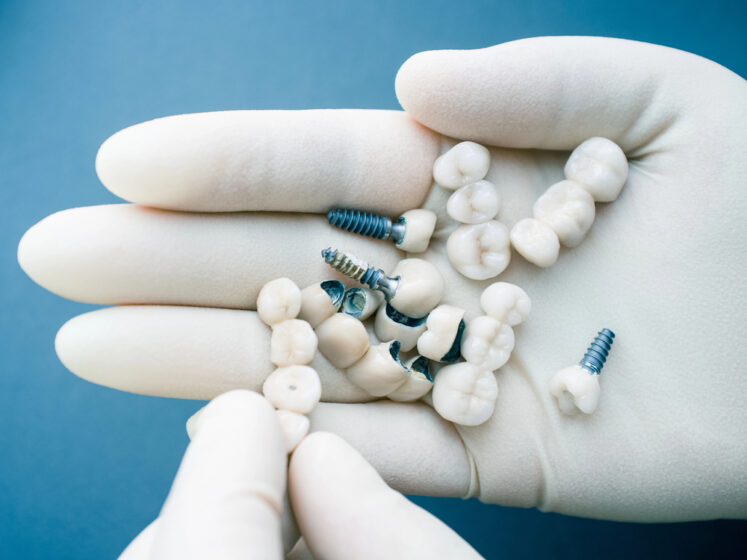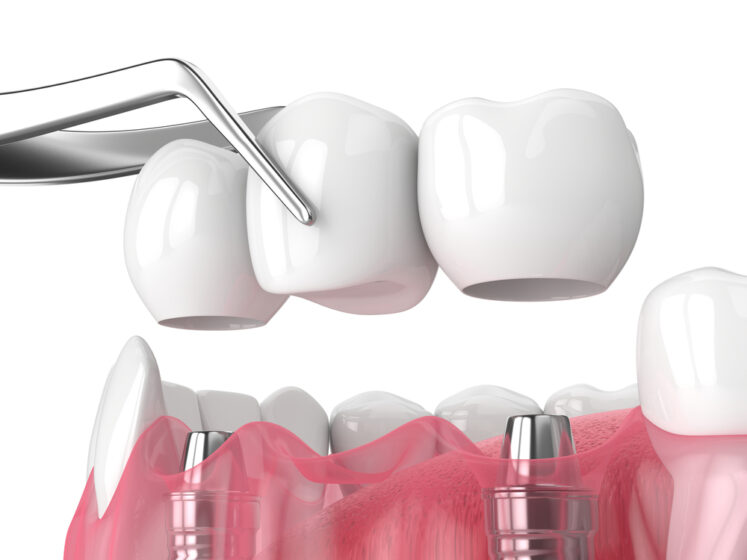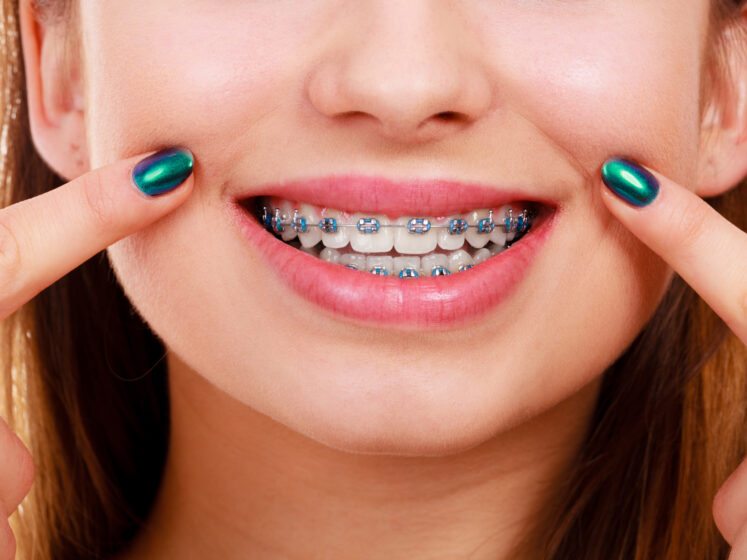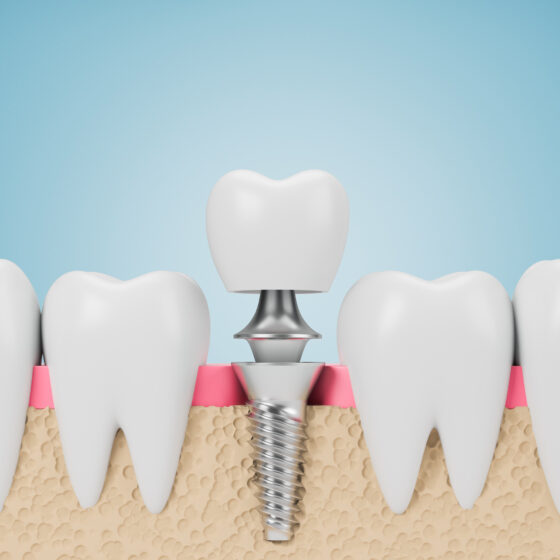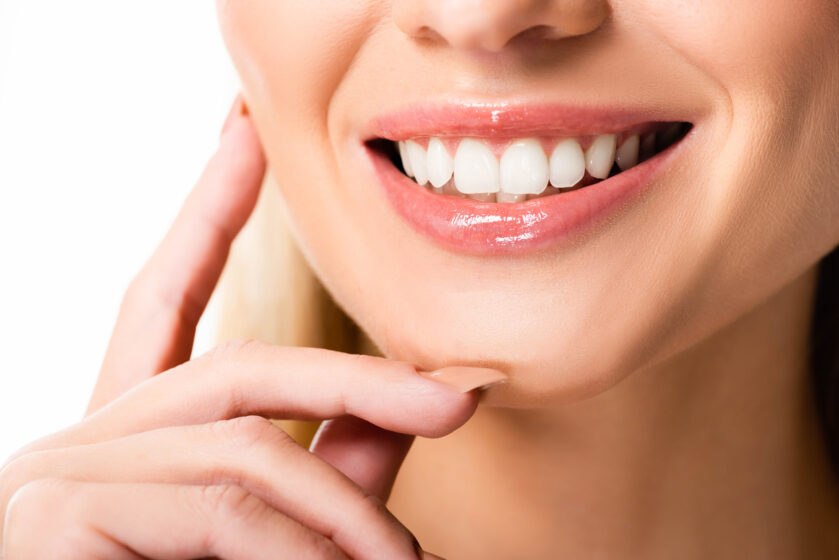The future of healthcare is rapidly evolving with the advent of wearable technology. While we often associate wearables with fitness tracking or general health monitoring, their impact on specialized fields like dentistry is starting to gain significant attention. Wearable technology in oral health monitoring offers the potential to revolutionize patient care, improve outcomes, and offer a more personalized approach to dental treatment. In this article, we’ll explore the impact of wearable technology on oral health, including how it relates to dental implants, and examine the key trends every dental practice should consider to stay ahead in this digital age.
The Rise of Wearable Technology in Healthcare
Wearable technology has already established a strong presence in the broader healthcare industry. Devices such as fitness trackers and smartwatches have become everyday tools for monitoring physical activity, heart rate, and even sleep patterns. These devices collect vast amounts of data, providing users and healthcare providers with valuable insights into overall health.
In dentistry, wearables are expanding beyond fitness tracking to play a critical role in oral health monitoring. With advancements in sensors, artificial intelligence (AI), and data analytics, dental wearables are becoming increasingly sophisticated and capable of offering real-time feedback to both patients and practitioners. This technology has the potential to detect early signs of oral diseases, improve the success rates of dental implants, and provide a more proactive approach to maintaining oral health.
Wearable Technology and Dental Implants
Dental implants are one of the most effective and reliable solutions for replacing missing teeth. However, their success depends not only on the skill of the dental surgeon but also on the patient’s ability to maintain good oral hygiene and follow post-surgical care instructions. Traditionally, dental implant patients have had to rely on periodic visits to their dentist to ensure proper healing and prevent complications such as infection or implant failure.
Wearable technology is beginning to change this by providing continuous monitoring of implant sites and surrounding tissues. For instance, some devices use biosensors to track the condition of the gums and bone around the implant. These sensors can detect early signs of inflammation, infection, or other potential issues that might compromise the implant’s success. With this data, dental professionals can intervene earlier and more effectively, preventing complications before they become serious.
Additionally, wearables can provide patients with real-time reminders to maintain proper oral hygiene after their implant procedure. For example, a smart toothbrush connected to a mobile app can offer personalized brushing techniques and notify patients when it’s time for a cleaning or check-up. This combination of proactive care and real-time feedback is transforming the post-implant care process, ensuring better long-term outcomes.
Key Trends Every Dental Practice Should Consider
As wearable technology becomes more integrated into the dental industry, there are several key trends that every dental practice should consider adopting. By doing so, they can stay ahead of the curve and provide cutting-edge care to their patients.
1. Integration of AI with Wearable Devices
The integration of AI with wearable devices is a game-changer for dentistry. AI algorithms can analyze data from wearables to detect patterns and early signs of oral health issues. For example, AI can track changes in a patient’s oral microbiome and identify shifts that may indicate an increased risk for conditions like gum disease or tooth decay. AI-powered wearables can provide both patients and dentists with valuable insights, allowing for quicker interventions and a more personalized treatment approach.
2. Remote Monitoring of Oral Health
Telehealth is gaining momentum in healthcare, and dentistry is no exception. With wearable devices, dental professionals can remotely monitor their patients’ oral health. Devices that track movements of the jaw, monitor bite pressure, or detect irregularities in brushing habits offer dentists the opportunity to intervene from a distance. This can reduce the need for frequent in-office visits, which can be especially beneficial for patients who live in remote areas or have difficulty attending regular check-ups.
3. Real-Time Feedback for Patients
Wearable technology gives patients the power to take control of their oral health. Devices like smart toothbrushes, flossers, or mouthguards can provide real-time feedback on their brushing techniques, oral hygiene habits, and even their risk for bruxism (teeth grinding). This constant feedback helps patients stay on track with their oral health goals, which can lead to better outcomes overall. Moreover, wearables can remind patients of essential activities like brushing, flossing, or using mouthwash, further encouraging better habits.
4. Customization of Oral Health Care
Every patient has unique needs, and wearable technology offers the ability to create highly personalized oral health care plans. By collecting and analyzing data specific to each patient, dental practices can tailor recommendations for oral hygiene, diet, and even treatments like orthodontics or dental implants. For instance, wearables can track a patient’s oral health trends over time, allowing for adjustments in treatment protocols based on their changing needs.
5. Early Detection of Dental Issues
One of the most significant advantages of wearable technology in dentistry is the ability to detect dental issues in their earliest stages. Devices that monitor things like oral temperature, saliva pH, and gum health can identify abnormalities that may indicate the onset of conditions like periodontal disease, tooth decay, or even oral cancer. Early detection leads to earlier intervention, which can prevent more extensive and costly procedures down the road.
6. Patient Education and Engagement
Wearables help bridge the gap between patients and their healthcare providers by making oral health monitoring more interactive and engaging. Devices that connect to apps or online platforms can display real-time data, offer educational content, and track progress toward health goals. Engaged patients are more likely to follow through with treatment recommendations, maintain proper oral hygiene, and attend regular dental check-ups.
The Future of Dentistry
The integration of wearable technology into dental care is just beginning, and the possibilities are vast. As the technology continues to evolve, we can expect even more advanced features, such as predictive analytics that can forecast potential dental issues before they occur. Furthermore, as wearable devices become more affordable and accessible, we can anticipate widespread adoption among patients and dental practices alike.
Dental practices that embrace these technological advancements will position themselves as leaders in the field, attracting patients who value convenience, personalized care, and cutting-edge treatments. Wearable technology, particularly in the context of dental implants and oral health monitoring, is not just a trend—it’s the future of dentistry.
By staying informed about key trends and incorporating wearable technology into practice, dental professionals can enhance patient care, improve treatment outcomes, and create a more efficient, modern dental experience.
